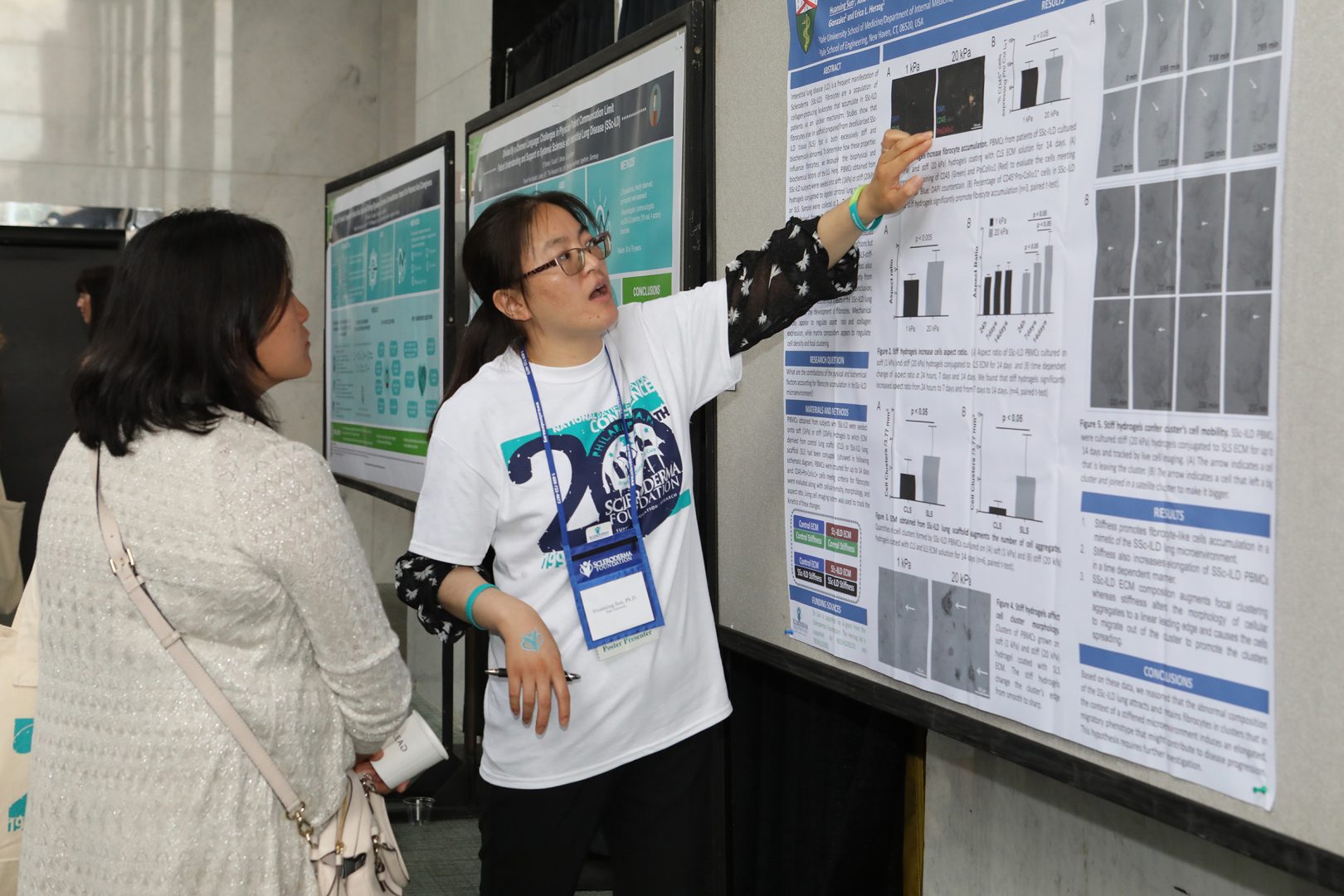Hand Involvement in Scleroderma: Early Diagnosis and Management
Course Director: Flavia v. Castelino, M.D.
Release Date: 07/07/2023
Expiration Date: 07/07/2024
- Credits Available:
- A few Examples include the following:
- Physicians – Maximum of 1 AMA PRA Category 1 CreditTM
- Registered Nurses – 1.0 contact hour
- A few Examples include the following:
- Jointly provided by Postgraduate Institute for Medicine and National Scleroderma Foundation
Accreditation Information
Hand Involvement in Scleroderma: Early Diagnosis and Management
Jointly provided by the Postgraduate Institute for Medicine and National Scleroderma Foundation
Multiple grantors: Supported by independent educational grants provided by Boehringer Ingelheim & Janssen Pharmaceuticals Companies of Johnson & Johnson US
Release Date: 07/07/2023
Available for credit until 07/07/2024
The estimated time to complete this activity is 1 hour(s).
Link to Course: https://www.cmeuniversity.com/course/disclaimer/124122
Faculty
Flavia v. Castelino, M.D.
Director, Scleroderma Program, Massachusetts General Hospital
Harvard Medical School, Massachusetts General Hospital
Michael R. York, M.D.
Professor of Medicine
Scleroderma Program, Boston University Medical
Target Audience
This activity is intended for Physicians & Registered Nurses engaged in the care of patients with Systemic Scleroderma.
Educational Objectives
After completing this activity, the participant should be better able to:
- Understanding the pathophysiology underlying digital vascular disease in SSc
- Overview of currently available medical therapies for Raynaud’s phenomenon and digital ulcers in SSc
- Discuss novel treatments for digital vascular disease in SSc
Joint Accreditation Statement
In support of improving patient care, this activity has been planned and implemented by the Postgraduate Institute for Medicine and National Scleroderma Foundation. Postgraduate Institute for Medicine is jointly accredited by the Accreditation Council for Continuing Medical Education (ACCME), the Accreditation Council for Pharmacy Education (ACPE), and the American Nurses Credentialing Center (ANCC), to provide continuing education for the healthcare team.
Credit Designation
If AMA PRA Category 1 Credit™ is offered:
https://www.cmeuniversity.com/course/disclaimer/124122
Physician Continuing Medical Education
The Postgraduate Institute for Medicine designates this [enduring material][journal-based CME activity][test-item writing activity][manuscript review activity][PI CME activity][internet point-of-care activity] for a maximum of 1 AMA PRA Category 1 Credit(s)™. Physicians should claim only the credit commensurate with the extent of their participation in the activity.
If ANCC credit is offered:
Continuing Nursing Education
The maximum number of hours awarded for this Continuing Nursing Education activity is 1 contact hours. (If applicable, for APRNs, enduring activity) Designated for ___ contact hours of pharmacotherapy credit for Advance Practice Registered Nurses.
Disclosure of Conflicts of Interest
Postgraduate Institute for Medicine (PIM) requires faculty, planners, and others in control of educational content to disclose all their financial relationships with ineligible companies. All identified conflicts of interest (COI) are thoroughly vetted and mitigated according to PIM policy. PIM is committed to providing its learners with high quality accredited continuing education activities and related materials that promote improvements or quality in healthcare and not a specific proprietary business interest of an ineligible company.
Flavia v. Castelino, M.D.
Consulting fees from: Boehringer Ingelheim
Grant funding from: Mitsubishi Tanabe, Kadman, Prometheus
Michael R. York, M.D.
N/A
The PIM planners and others have nothing to disclose. The National Scleroderma Foundation planners and others have nothing to disclose.
Fee Information
There is no fee for this educational activity.
Instructions for Obtaining Credit
During the period of accreditation, participants must 1) read the learning objectives and disclosures; 2) study the educational content; and 3) complete the post-test (if applicable) and the evaluation form. To answer the questions, click on your selected choice for each answer and then proceed to the next question. If applicable, your post-test will automatically be graded. After successfully completing these items, your certificate will be made available immediately. Click on View Certificate, and print or download the certificate for your records.
For Pharmacists: Upon successfully completing the post-test with a score of 75% or better (if applicable) and the activity evaluation form, transcript information will be sent to the NABP CPE Monitor Service.
Computer System Requirements
CME University requires a modern web browser (Internet Explorer 7+, Mozilla Firefox, Apple Safari, Google Chrome). Certain educational activities may require additional software to view multimedia, presentation, or printable versions of their content. These activities will be marked as such and will provide links to the required software. That software may be: Adobe Flash, Apple QuickTime, Adobe Acrobat, Microsoft PowerPoint, Windows Media Player, and Real Networks Real One Player.
Disclosure of Unlabeled Use
This educational activity may contain discussion of published and/or investigational uses of agents that are not indicated by the FDA. The planners of this activity do not recommend the use of any agent outside of the labeled indications. The opinions expressed in the educational activity are those of the faculty and do not necessarily represent the views of the planners. Please refer to the official prescribing information for each product for discussion of approved indications, contraindications, and warnings.
Disclaimer
Participants have an implied responsibility to use the newly acquired information to enhance patient outcomes and their own professional development. The information presented in this activity is not meant to serve as a guideline for patient management. Any procedures, medications, or other courses of diagnosis or treatment discussed or suggested in this activity should not be used by clinicians without evaluation of their patient’s conditions and possible contraindications and/or dangers in use, review of any applicable manufacturer’s product information, and comparison with recommendations of other authorities.


